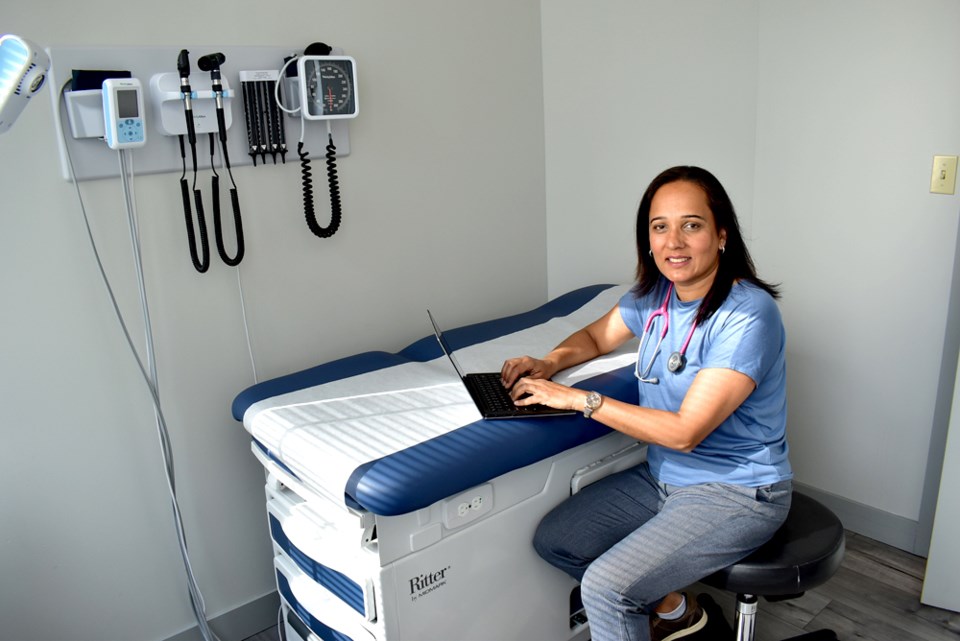On Monday, after sending her kids off to their Halloween activities, Richmond family doctor Sharon Dodd sat down to do two hours of administrative work.
But, for once, she felt happy doing it, finally feeling like the government recognized her value as a family doctor juggling a caseload of often complex patients.
This feeling of being valued as a family physician was the result of an announcement by the provincial government to substantially increase what general practitioners will be compensated.
“It feels like we can breathe and stay in practice and do what we were trained to do,” Dodd said.
The provincial government announced on Monday a full-time family doctor would be paid about $385,000 a year, up from the current $250,000, under a tentative three-year Physician Master Agreement reached with Doctors of BC last week.
There has been growing pressure on the provincial government to fix the family doctor shortage - about a million British Columbians don't have a family doctor.
Currently, family doctors are paid through a fee-for-service model and the government said the new plan will also pay them for hours worked, administrative costs, and the number and complexity of patients.
Dr. Ramneek Dosanjh, president of Doctors of BC, said the deal represents a "seismic shift" in the way family medicine is practised in the province.
It will address rising business costs and recognizes “the value physicians provide when delivering longitudinal care,” Dosanjh added.
"We're listening to the concerns of many of our family doctors who have left practice or have been contemplating leaving."
The master agreement, which must be ratified by physicians, was developed between the Doctors of BC, the province and BC Family Doctors and will start in February next year.
The plan will cost the B.C. government $708 million over three years.
The cost is on top of a one-time $118-million program to hand out an average of $25,000 per family doctor to keep them in practice until the plan's launch announced just prior to the agreement being reached.
This stabilization fund was like “life support,” Dodd said.
“The announcement came when so many of us were are at the limits of burnout,” Dodd said.
Dodd thinks the new model of payment will incentivize medical graduates to go into family practice, not just work in hospitals or in virtual clinics.
In fact, the new agreement is only applicable to family doctors who do in-person care, not those who are in virtual clinics, Dodd noted.
Dodd hopes doctors working in virtual care and walk-in clinics, which provide “episodic care” but not overall long-term care, will now feel motivated to work at a family practice.
The exodus of doctors into walk-in clinics and virtual care has been growing over the past 20 years, Dodd said.
“This will reverse this problem that has been growing for so many years,” she said.
While virtual visits are a way to help elderly patients or people who don’t have time to come in for a prescription renewal, there is “so much value” to face-to-face visits, Dodd said.
It’s partly an emotional connection with the patient, but it also gives a doctor the ability to assess physical issues, like a weight loss or gain, colour of the skin or shortness of breath.
“It really helps with overall care with patients,” she added.
Doctors have been feeling cost pressures from running their practices as rents rise and the cost of living goes up.
A private medical practice pays for all overhead, from the front-room staff to rent to diagnostic equipment and supplies.
Doctors can opt to stay in the old fee-for-service model, but Dodd has been hearing from her peers that most of them want to opt into the new system.
- with files from Amy Smart/Canadian Press



